Editor's note: As the only international and comprehensive cultural industries fair in China, the 20th session of China (Shenzhen) International Cultural Industries Fair (ICIF) opened on May 23, 2024. The 20th lClF has set up 8 halls, including 3 comprehensive halls and 5 professional halls.
What are the exciting points of each hall? GDToday takes you to discover the freshest and most interesting moments from each hall!
The Intangible Cultural Heritage · Art and Crafts Hall (Hall 12) focuses on the inheritance and development of traditional Chinese culture, promoting the creative transformation and innovative development of China's outstanding traditional culture. It consists of three exhibition areas: the intangible cultural heritage area, the time-honored brand area, and the arts and crafts area.


Random stitch embroidery is a type of Chinese embroidery craft that is suitable for both creation and appreciation. Its origins date back to the 1930s. Due to its unique stitching technique, it is recognized as one of the top five popular forms of embroidery in China today.
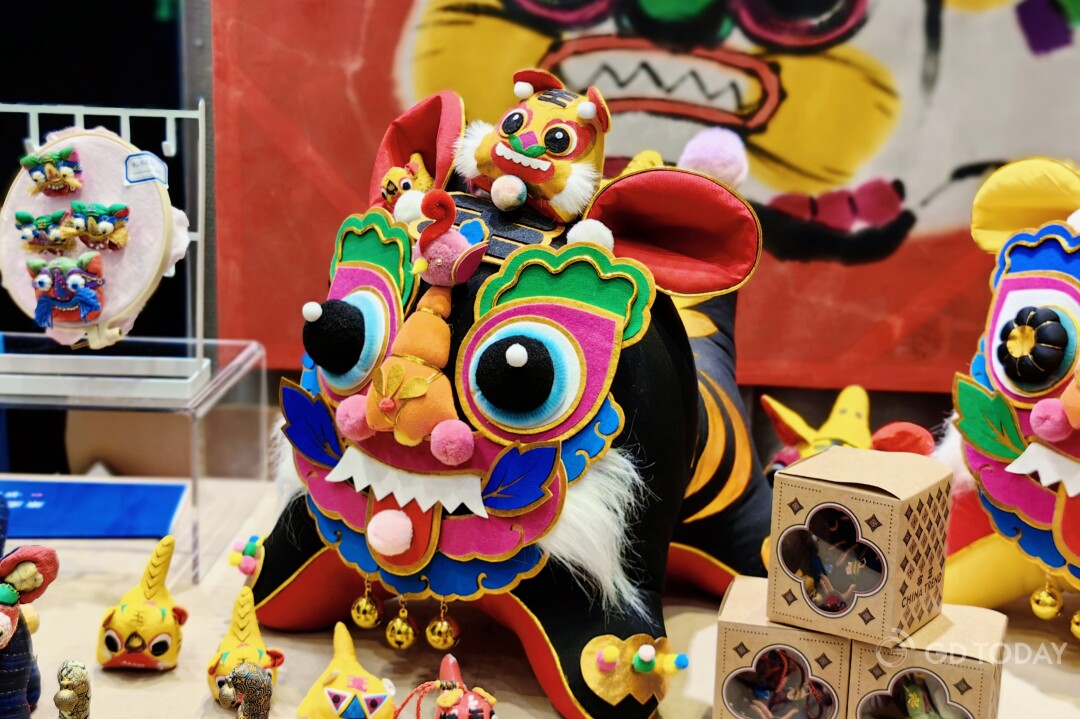
Cloth tiger is a traditional handicraft widely spreading in China and carries strong local characteristics. It symbolizes health, strength and courage with the meaning of praying for good luck.
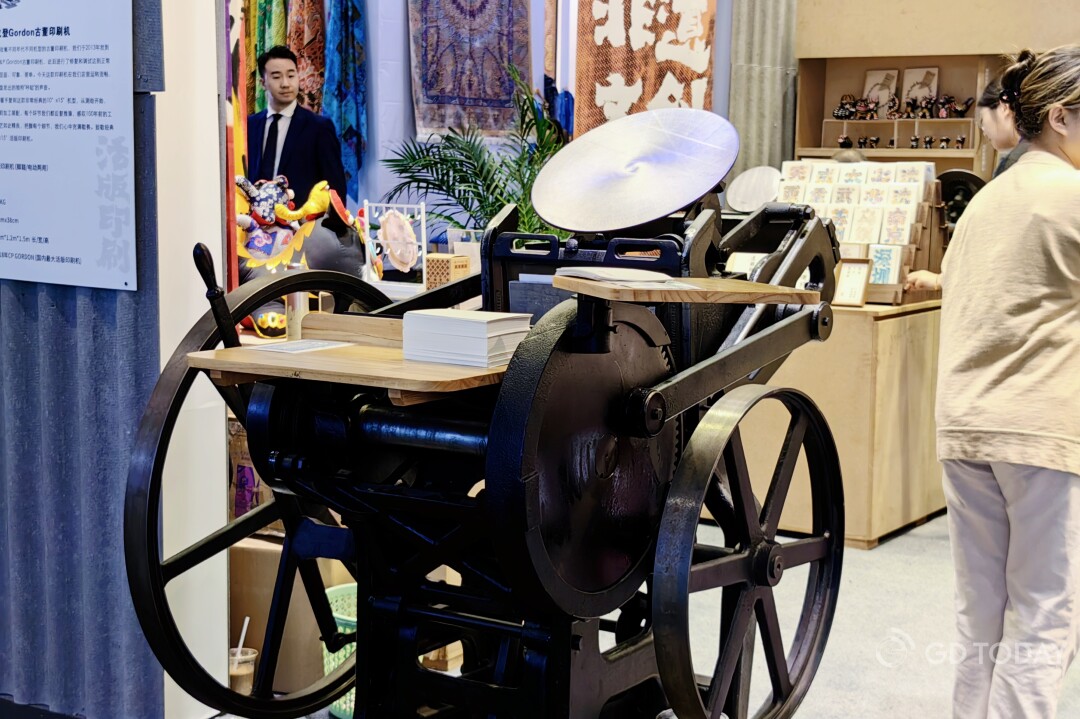
A replica of an antique 1918 Gordon printing machine is on display. The banknote printing machine can be operated using pedals or electric power, allowing visitors to experience the money printing technology from over 100 years ago at the venue.
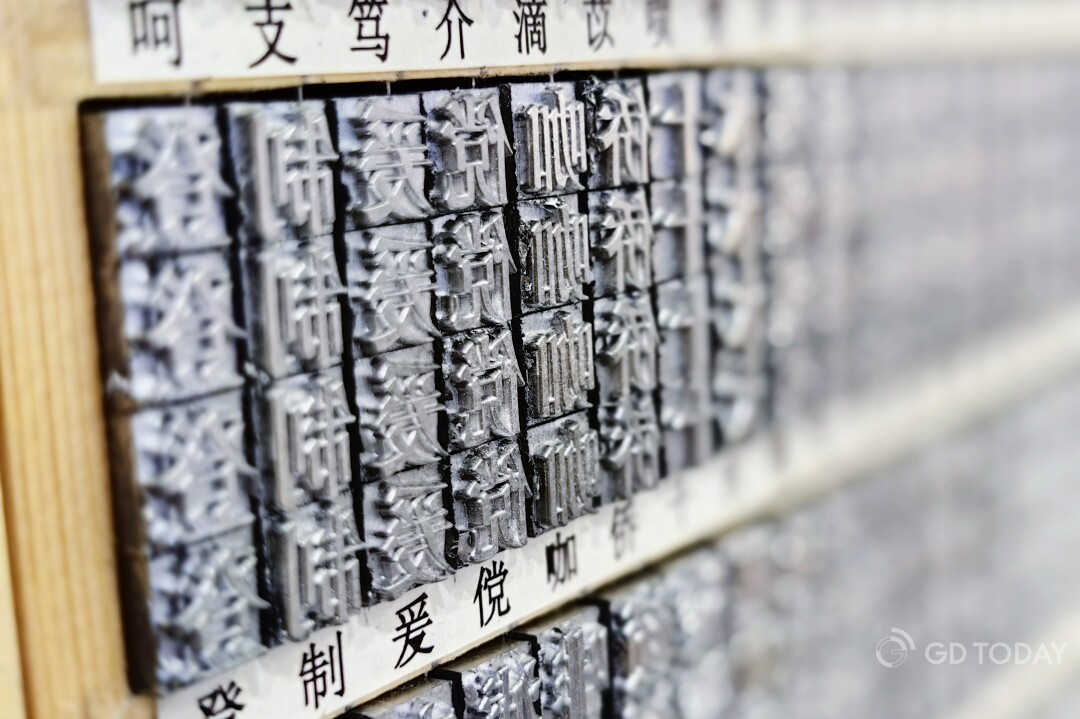
Movable type printing is an ancient method developed during the Northern Song Dynasty and is considered one of the four great inventions by ancient Chinese people.
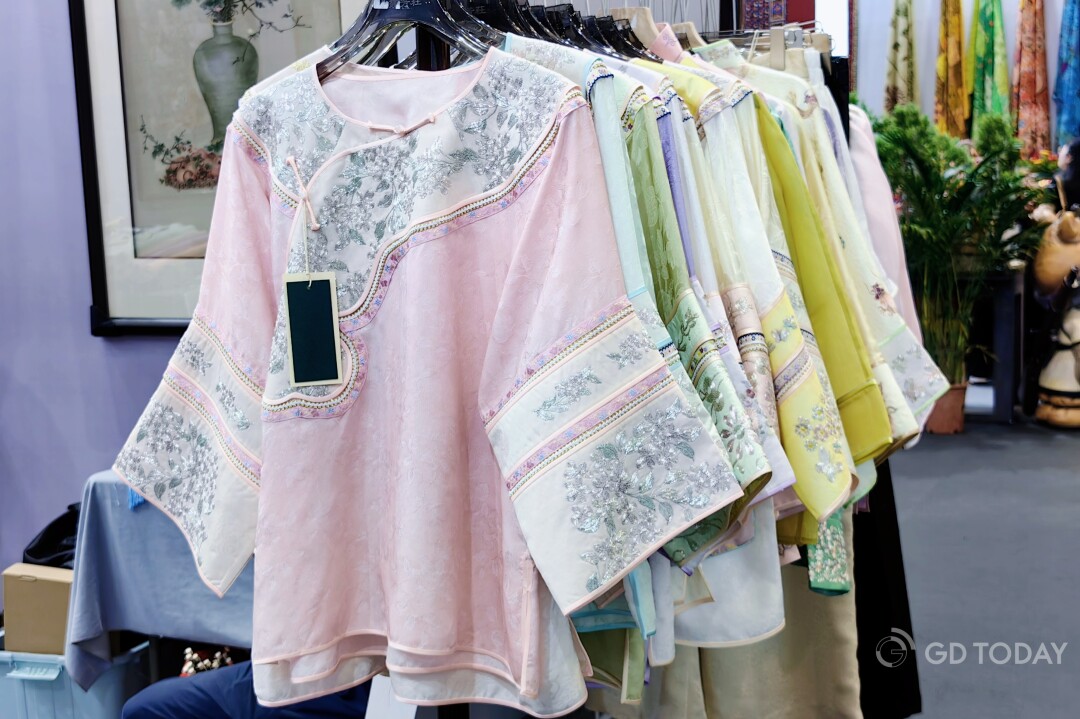
Suzhou embroidery is a folk traditional art originating in Suzhou, Jiangsu Province. It is significant as one of the four famous embroideries in China and has been designated as national intangible cultural heritage.

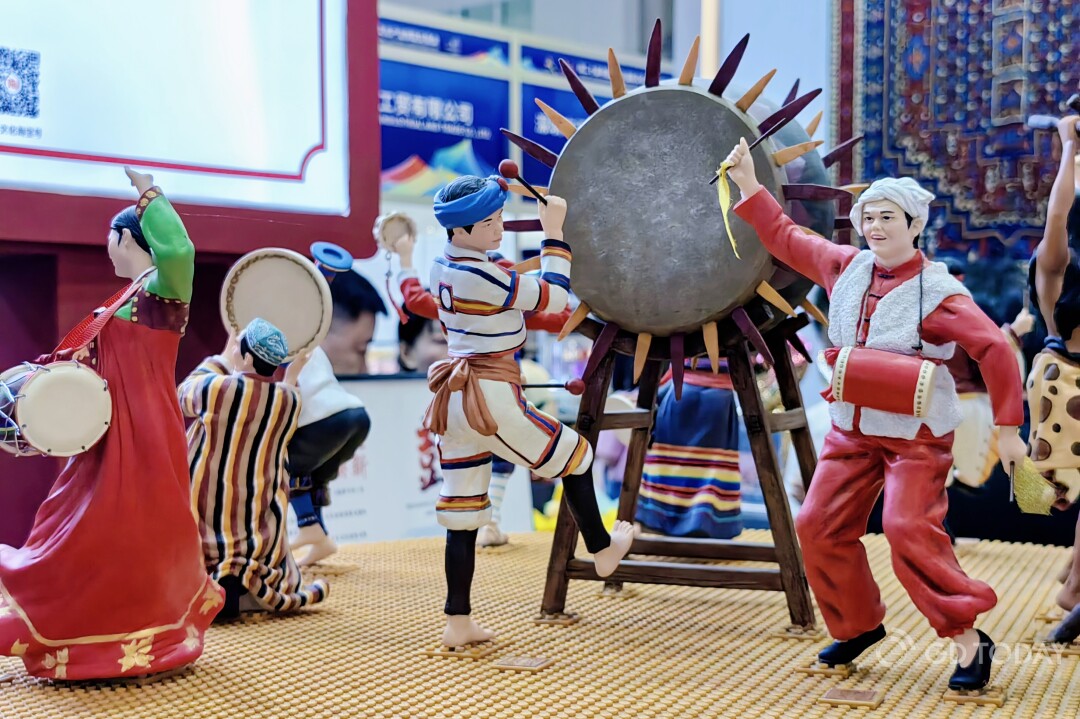
A large-scale group sculpture from Guangdong Province depicts dancing scenes from 56 ethnic groups in China. This impressive piece was created by a team of 12 individuals over 444.5 hours.
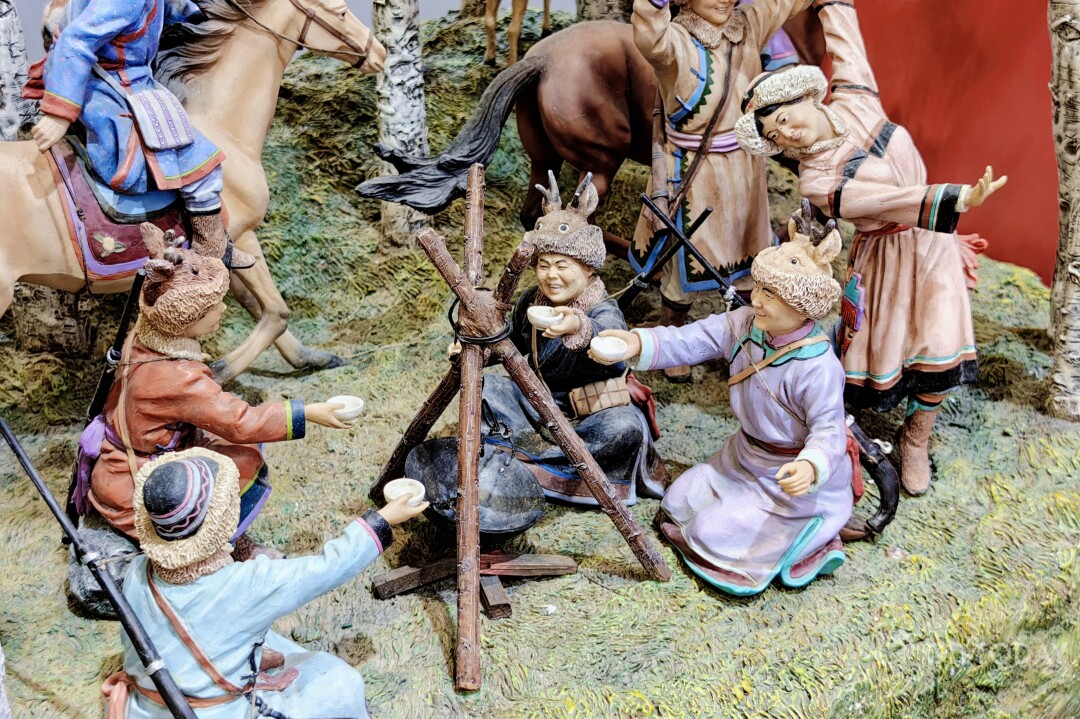
The Oroqen ethnic group represents one of the smallest ethnic groups living in northeastern China. Their Mosukun folk songs and roe deer skin making skills have been recognized as national intangible cultural heritage.
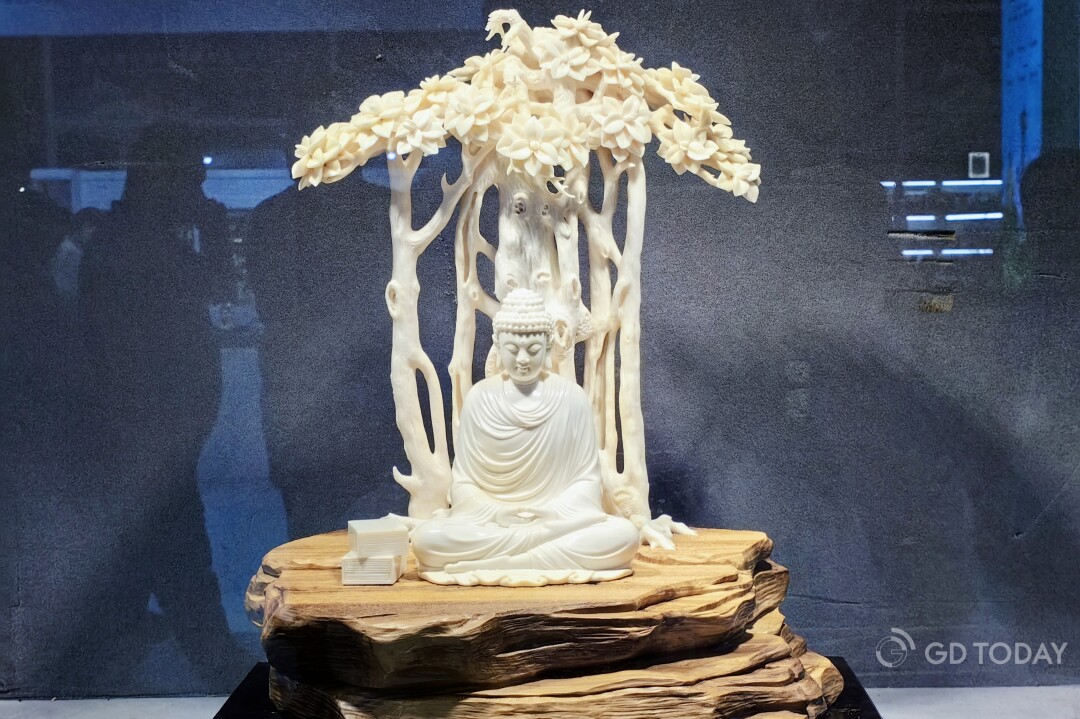
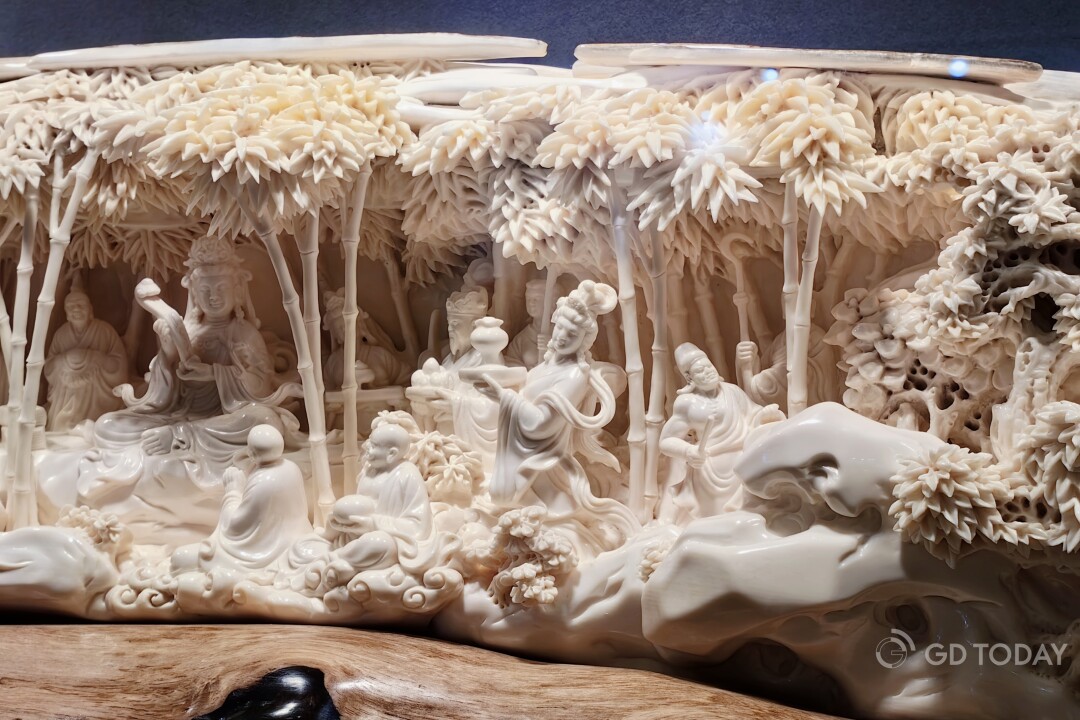
Guangzhou ivory carving is a traditional art handicraft spreading throughout Haizhu District in Guangzhou, Guangdong Province. It was among the first batch to be designated as national intangible cultural heritage. Ivory carving uses ivory as the raw material for carving and has a history spanning more than two thousand years.
Reporter: Alice Fung, Chen Longyan
Editor: Will, James
















